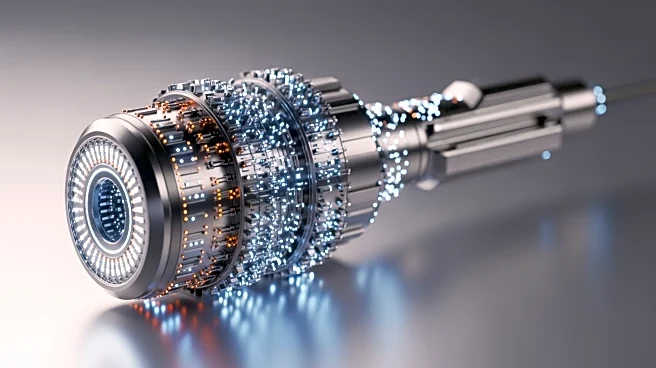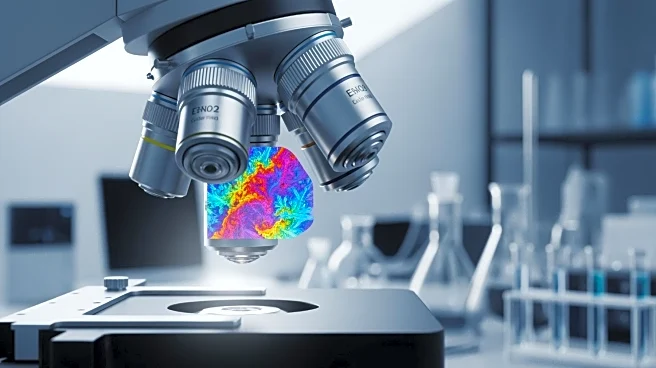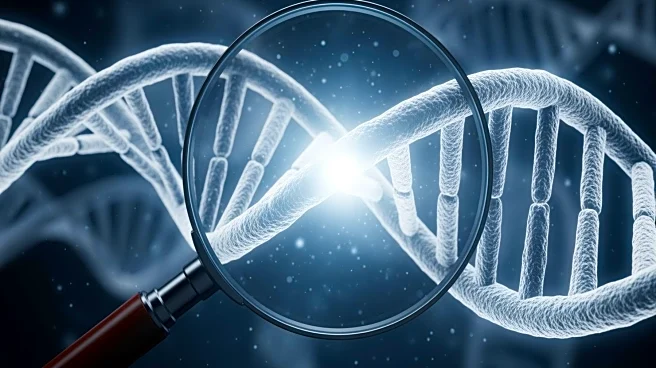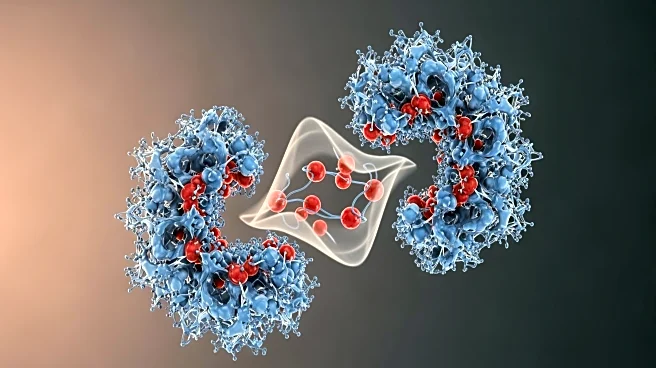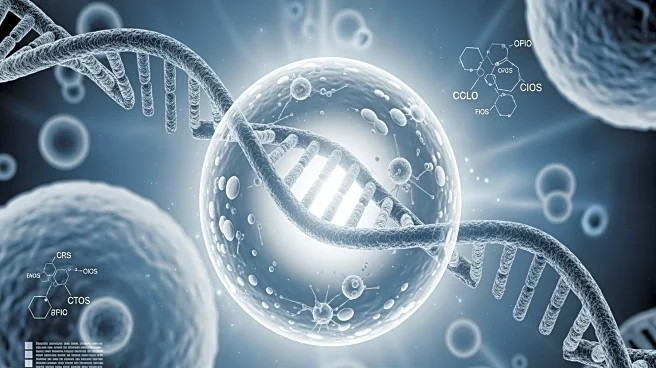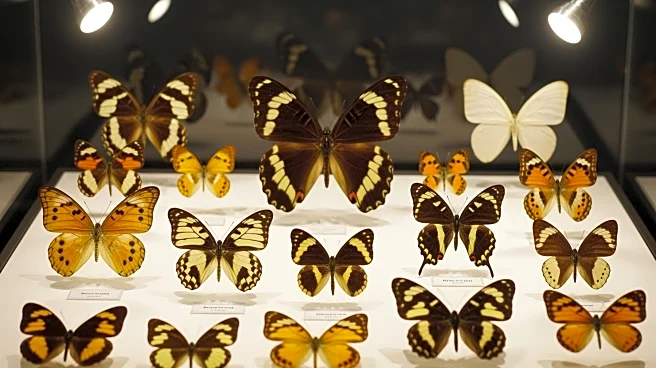What's Happening?
A study published in Nature introduces the FEOX biosensor, a genetically encoded tool designed to measure cellular iron dynamics at single-cell resolution. The FEOX sensor utilizes a hemerythrin-like domain
to detect iron levels within mammalian cells, providing insights into iron homeostasis during embryonic stem cell differentiation. The sensor's fluorescence decreases in low iron conditions, indicating reduced iron availability. This tool is particularly useful for studying iron regulation during early stages of cell differentiation, offering a new method to explore cellular iron environments in both two-dimensional and three-dimensional stem cell cultures.
Why It's Important?
Understanding cellular iron dynamics is crucial for embryonic development and various biological processes. The FEOX biosensor offers a novel approach to study these dynamics, potentially advancing research in developmental biology and iron-related disorders. By providing detailed insights into iron regulation at the cellular level, this tool could lead to improved understanding of diseases linked to iron metabolism and inform therapeutic strategies. Researchers and healthcare professionals stand to benefit from the ability to monitor iron levels with precision, enhancing the study of iron's role in health and disease.
